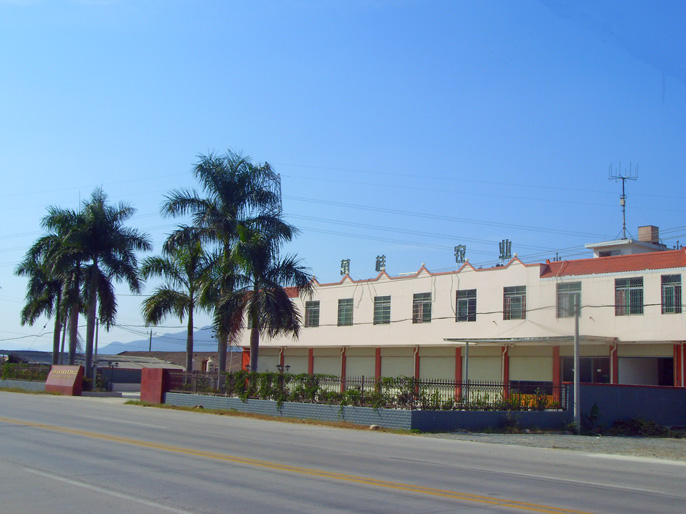Slowing economic growth in China is laying bare the gaps between winners and losers in the coastal regions, previously the most important regional drivers of growth.
The northeast—dominated by heavy industry—has fallen into recession as its factories overproduce. On the other hand, high growth has continued in southeastern Fujian Province, part of the Pilot Free Trade Zone. Deepening regional income disparities provoke social unrest that could force the Chinese government to take difficult measures, Yonhap reported.
Piles of rubble have accumulated on the floor of a glass factory in a suburb of Shenyang, the capital city of Liaoning Province—one of China’s most prominent heavy industrial zones. “The factory hasn’t operated since last year,” says a farmer who works nearby.
According to sources including the local press, the factory closed in part due to overproduction. The city is dotted with factories such as cement mills that have shut down production.
Liaoning Province enjoyed double-digit growth until 2012 thanks to a government infrastructure investment scheme called the northeast regional vitalization project. Data from the January-March quarter of this year, however, showed the regional economy grew 1.9 percent from a year earlier, a steep drop from the 2014 annual growth rate of 5.8 percent. This was the worst performance of any of the 31 provinces, autonomous regions and directly-controlled municipalities.
Overproduction, Less Demand
The national economy was 7 percent larger in the January-March quarter compared with a year earlier—the weakest reading in six years—as heavy industries depending on domestic demand have slowed. The steel and glass industries are struggling with overproduction as the housing market cools.
Vacancies at big urban commercial centers are now noticeable, and real estate development has slumped.
Fujian Province is booming as a gateway for trade. The economic growth rate there was 8.5 percent in the January-March quarter from a year earlier, exceeding the country’s national average.
Xiamen, a thriving tourist city in Fujian, received approximately 53 million visitors last year. It has built new subway lines and expanded its airport. Construction on new luxury hotels has progressed as well. Some Japanese firms are reportedly planning to launch ventures in Xiamen.
Sense of Stagnation
Increasing disparities in employment and incomes could further aggravate social unrest if they are left unchecked.
There is concern, however, that large-scale palliative measures such as public works will prop up uncompetitive industries, negatively affecting the medium to long-term growth prospects of the Chinese economy.
Shingo Ito, chief of the Mizuho Research Institute’s China unit, points out that “while plans need to be made for stimulating business activity through deregulation in the northeast region, there is also the need to make progress in consolidating state-run enterprises that are burdened with overcapacity. In order for the regions to develop, some pain will be unavoidable.”


